
 Qatargas, and North Field, top ... gas push
Qatargas, and North Field, top ... gas push
Qatar may only be a small emirate on the western shores of the Arabian Gulf, but its ambition to be a major energy player is as big as its massive 900 trillion cubic feet North gasfield.
Qatari officials say their goal is to clinch 30 per cent market share of the world's LNG supply by 2012, when global output capacity is expected to be around 250 million cubic tonnes per year (tpy).
Demonstrating the blitz into the global market, Energy and Industry Minister Abdullah bin Hamad Al Attiyah signed a string of LNG-related contracts with international firms at a conference in Doha.
One deal involved French energy giant Total buying equity in one of Qatar's huge LNG projects, lifting 5.2 million tpy of LNG. Another deal was for Belgium-based Distrigas to export some two million tpy to Europe starting in 2007.
Earlier, Al Attiyah was busy signing a $6 billion-$7 billion major deal with Royal Dutch/Shell to produce 7.8 million tpy of LNG.
The signing with Shell followed a ceremony to mark the beginning of the construction of QatarGas-II project, a massive $13-billion LNG joint venture between the state-owned Qatar Petroleum and ExxonMobil Corp to produce 15.6 million tpy.
"The country has assigned its resources to achieve leadership in the gas industry", Al Attiyah said, adding that Qatar's LNG production will exceed 30 million tpy in 2007 and around 77 million tonnes by 2012.
Qatar currently produces around 20 million tpy, most of it destined to Asian markets in Japan, South Korea and India under long-term sale and purchase agreements.
The LNG comes from twinned state-controlled firms: Qatar Liquefied Gas Co Ltd, (Qatargas), and Ras Laffan Liquefied Natural Gas Co Ltd (RasGas).
Foreign shareholders in these companies include Total, ExxonMobil and Japanese trading houses such as Mitsui and Marubeni.
Qatari officials say expected increasing demand in Europe and the US in the coming years makes new LNG capacities targeting these markets viable.
Delegates at the conference said most of the US LNG import increases through 2025 would come in the form of LNG, as pipeline gas from neighboring countries, such as Canada, will decline.
The US will need more than eight trillion cubic feet (tcf) per year of LNG imports in 2025, compared with 3.2 tcf in 2003.
Al Attiyah said gas share in world energy consumption will represent 29 per cent by 2020 from 23 per cent currently. "Qatar's strategic location allows it to reach world gas markets in the east and west", he said.
Having Europe in its sights, QP in partnership with ExxonMobil, has signed a long-term terminal capacity agreement with Fluxys LNG, a member of the Paris-based energy group, Suez.
The deal secured 3.5 million tpy storage capacity for Qatari LNG at Zeebrugge terminal in Belgium, beginning in 2007.
It was the first, long-term agreement that QP has signed with an existing terminal operator.
The two companies are also building a greenfield LNG import terminal in Milford Haven, UK, to receive LNG produced by Qatargas-II, a joint venture owned 70 per cent by Qatar Petroleum and 30% per cent by ExxonMoil Corp.
Ibrahim Al Ibrahim, an economic adviser at the Qatari royal court, noted that Qatar's position in the LNG market is unique because - unlike other LNG sellers, such as Indonesia and Malaysia - it's the only country exporting LNG to Asia, Europe and the US.
Bankers note that despite the capital-intensive nature of the LNG projects, Qatar has no difficulties attracting lenders because of the involvement of international majors and the emirate's record in accomplishing plans on time.
"The foreign companies not only take equity, but also provide substantial marketing support", said M Chandrasekaran, vice president, project & structured finance head at Bahrain's Gulf International Bank.
"The banking community is conformable with the low risk (in Qatar projects)", he added.
Al Ibrahim said the projects don't create pressure on the government's budget as they're guaranteed by the projects themselves and not by the state.


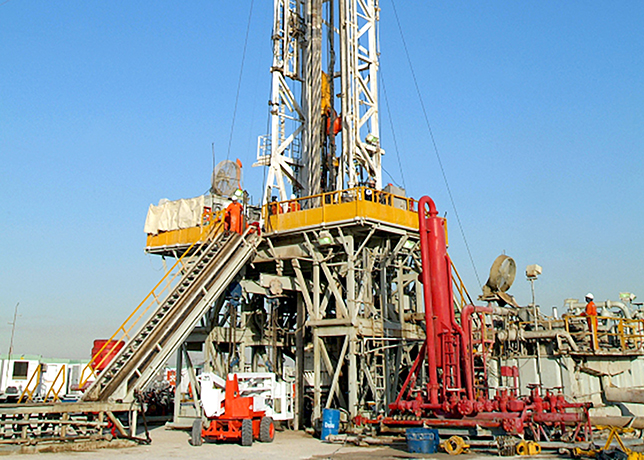
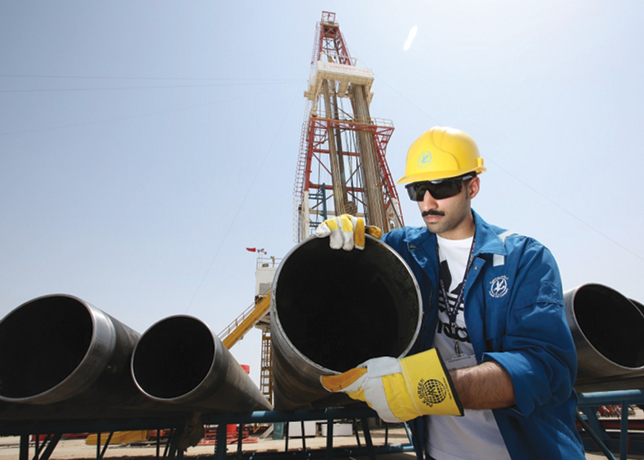
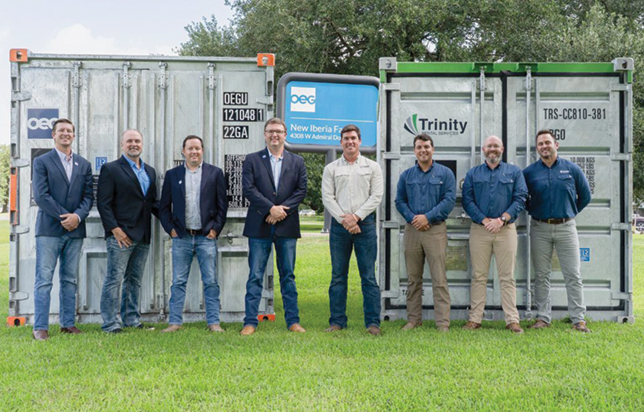

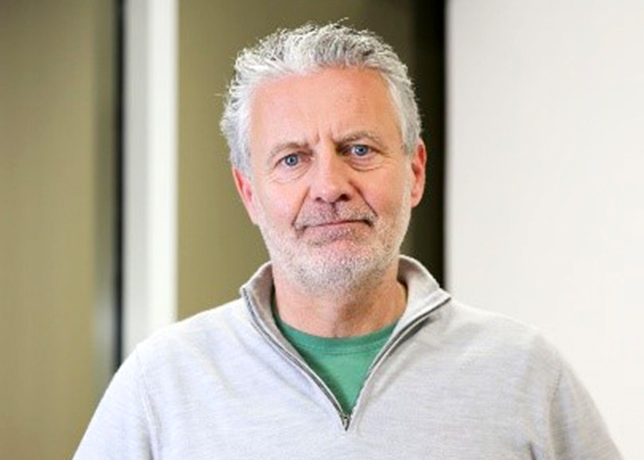

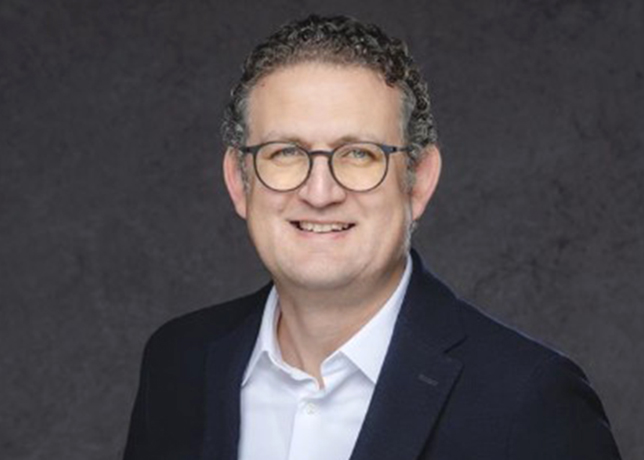

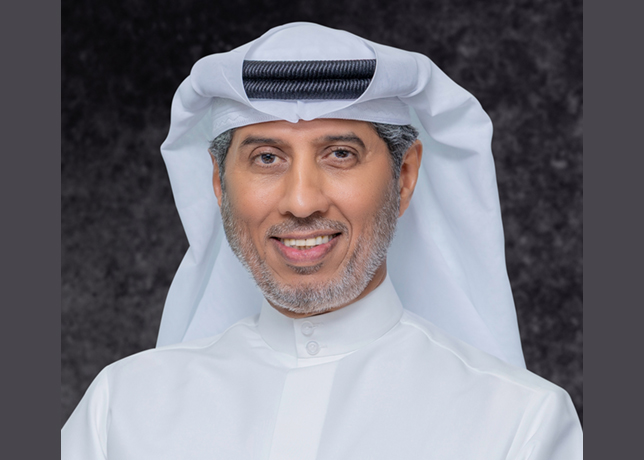

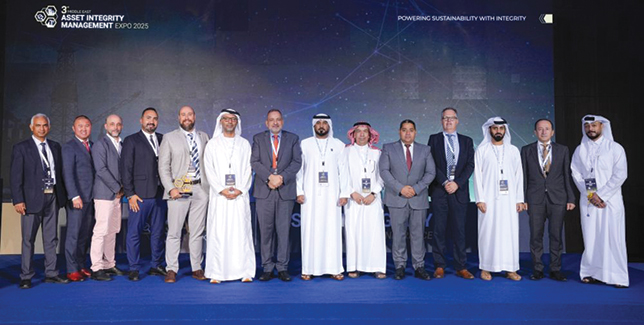
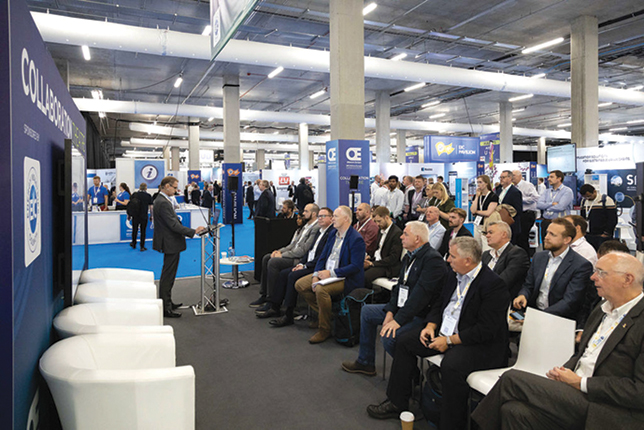
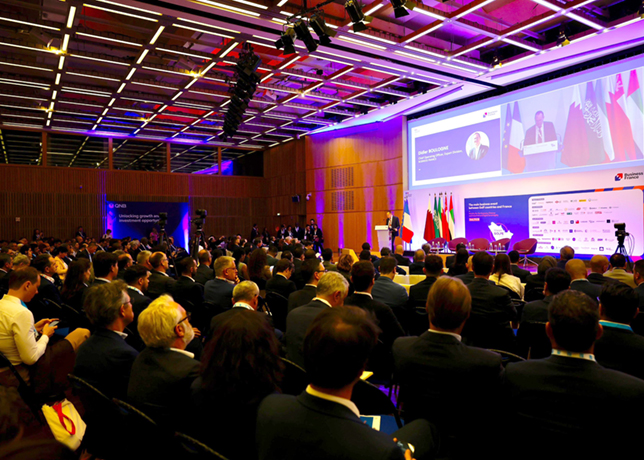
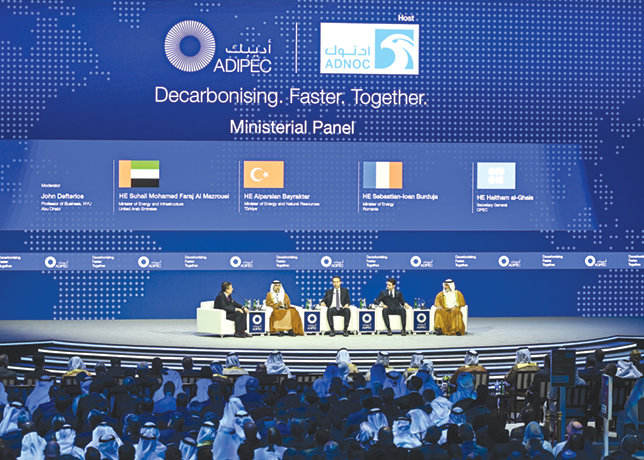

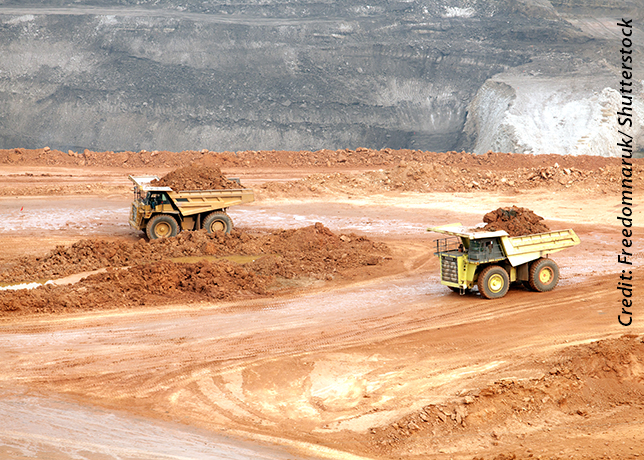
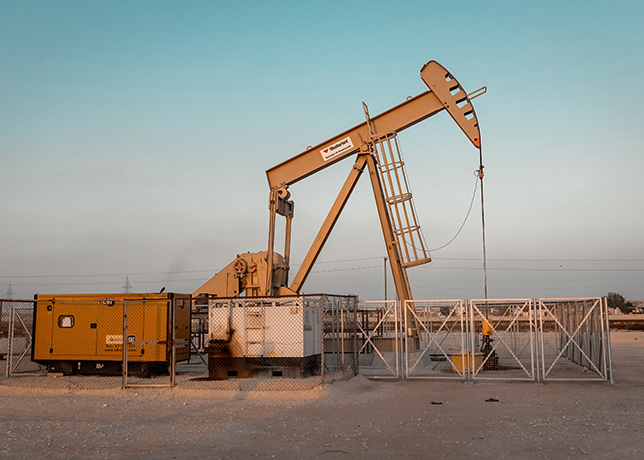



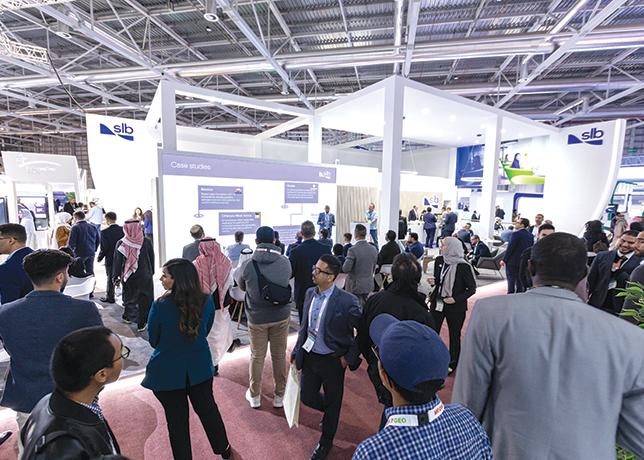
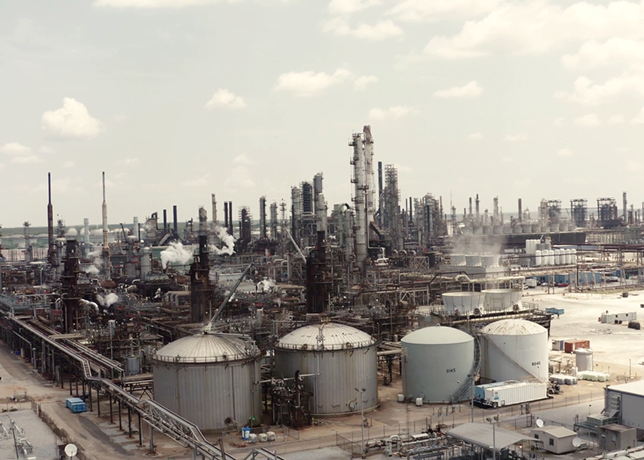
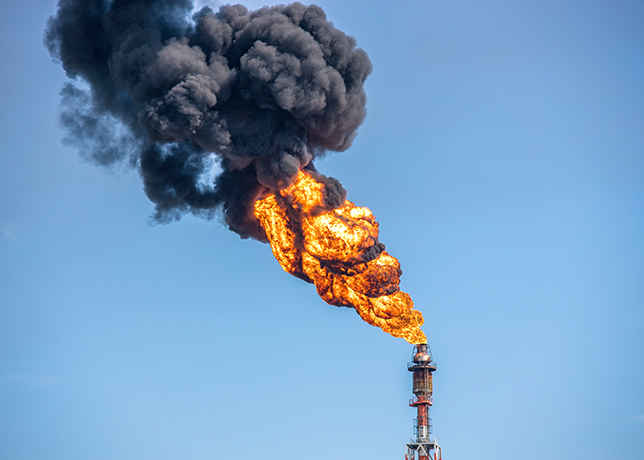
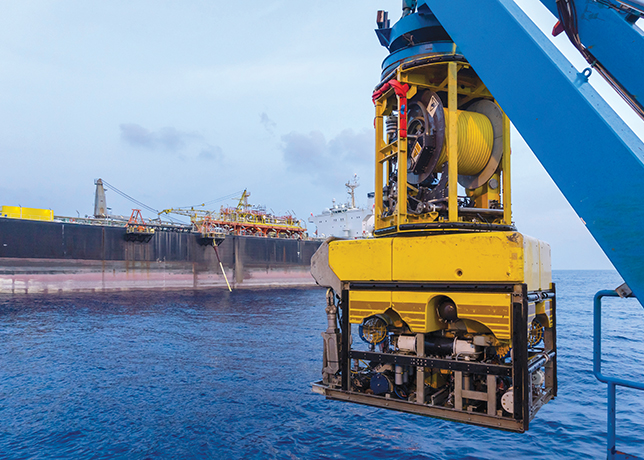
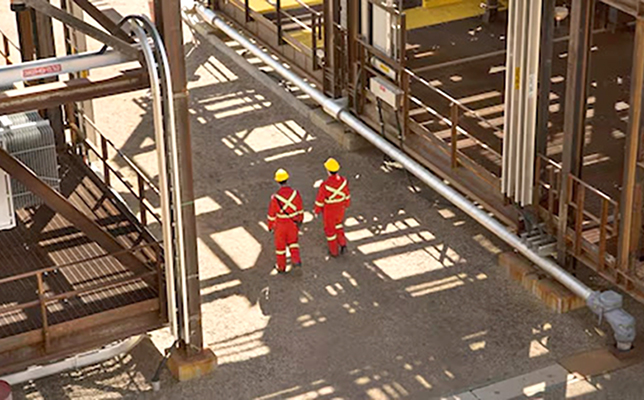
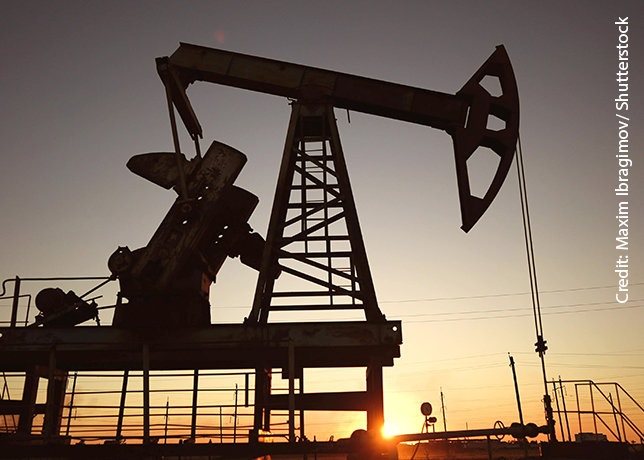
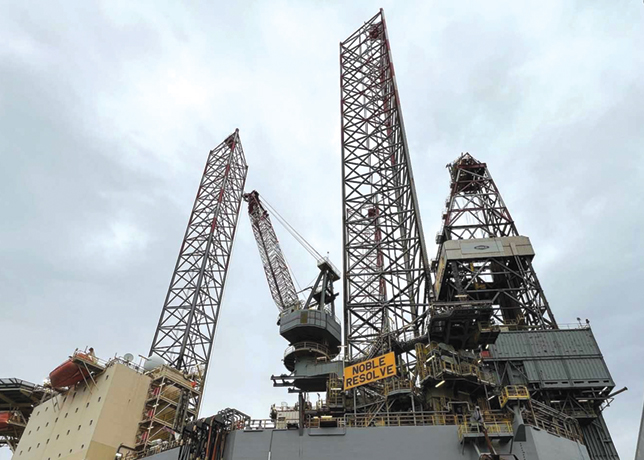
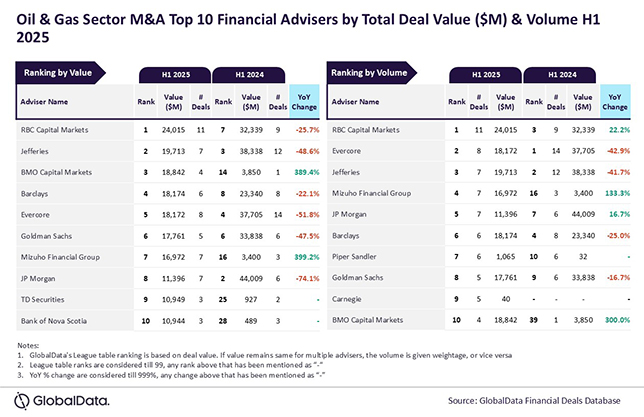
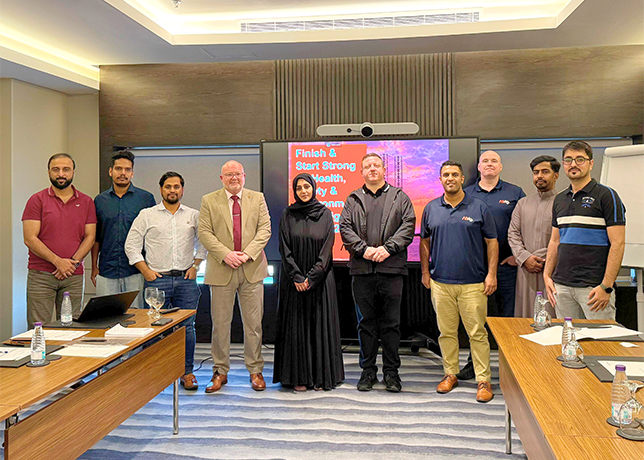
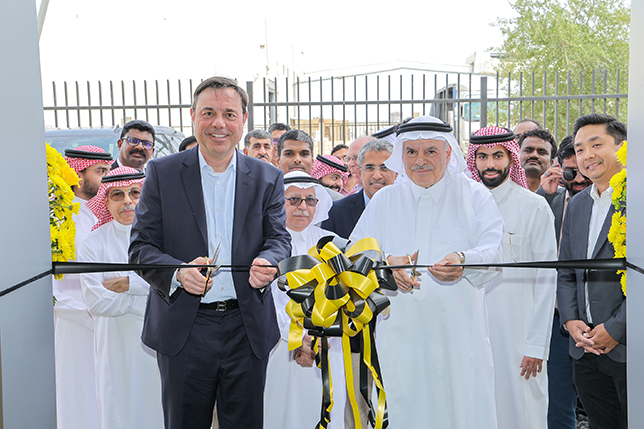
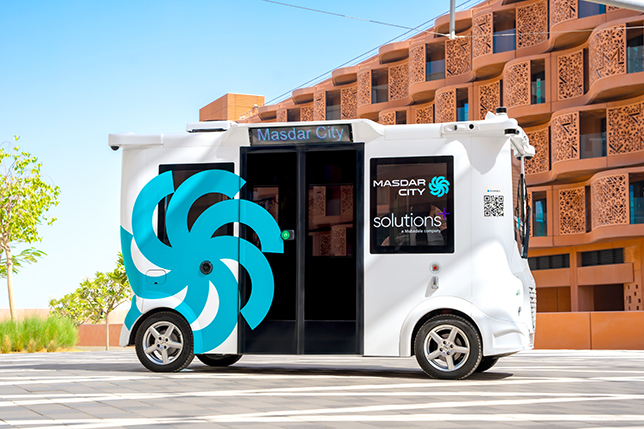
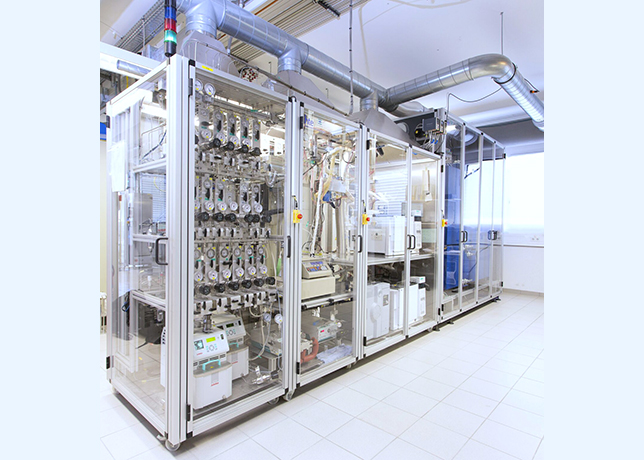
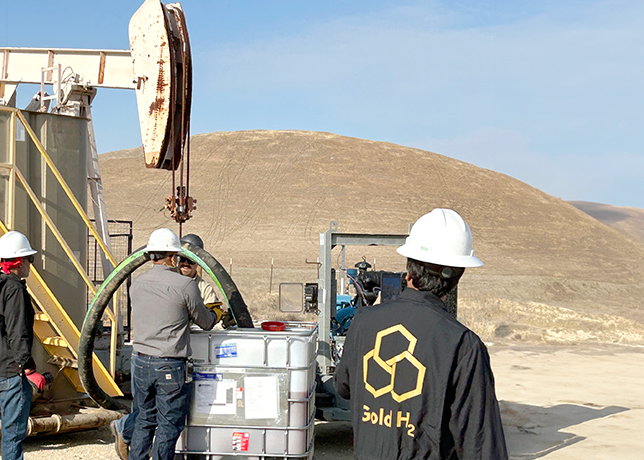
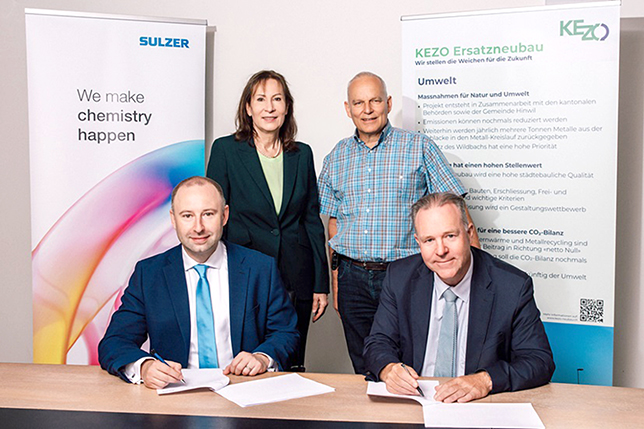

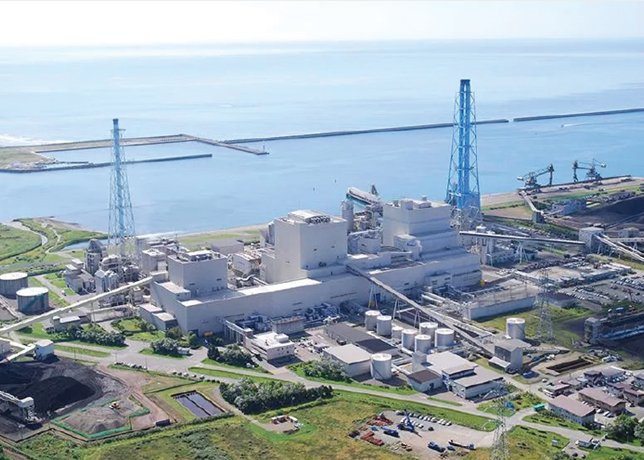


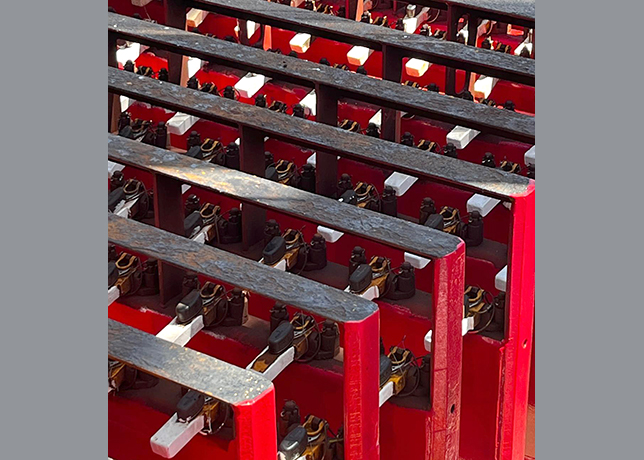
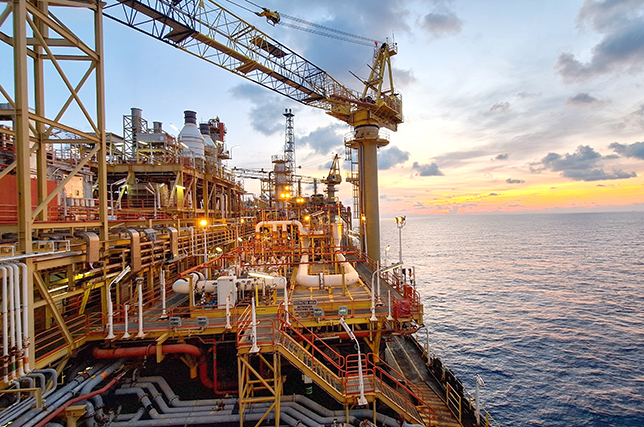

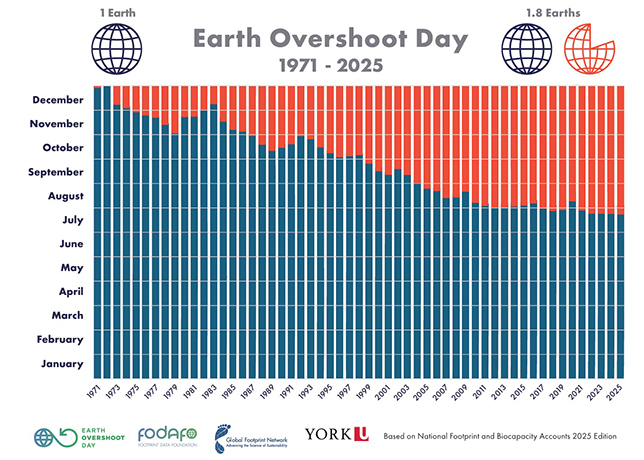

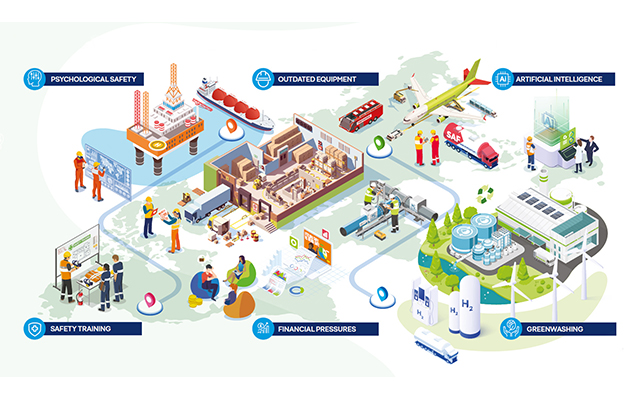
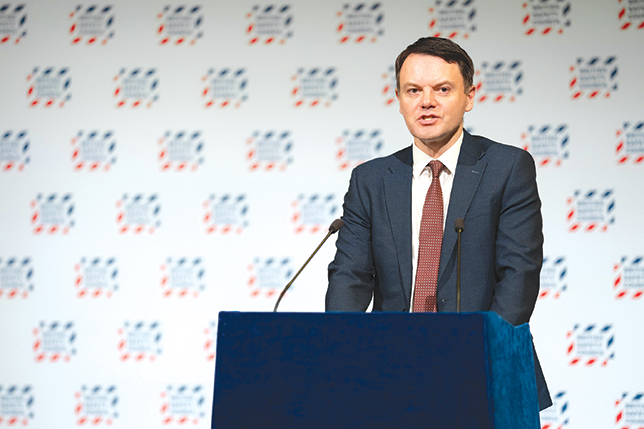
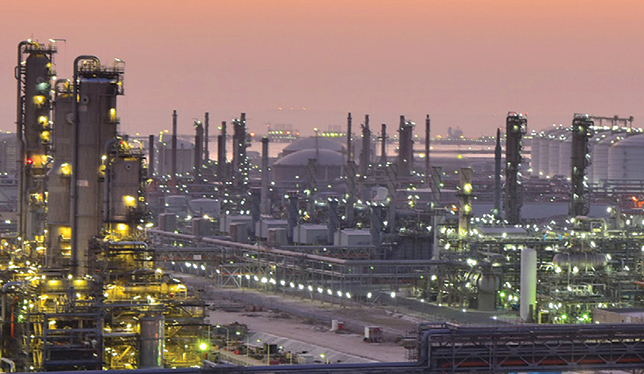
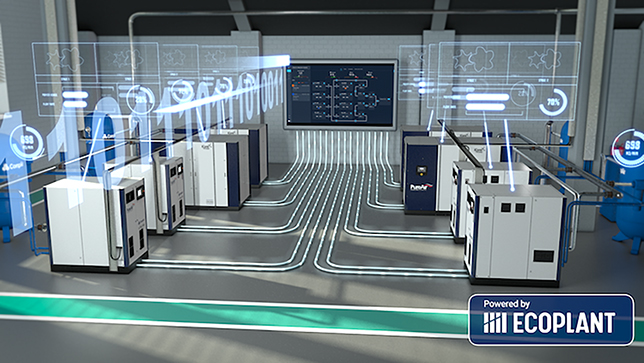
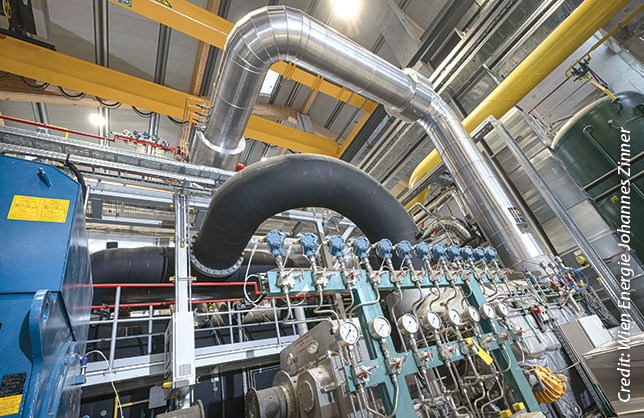
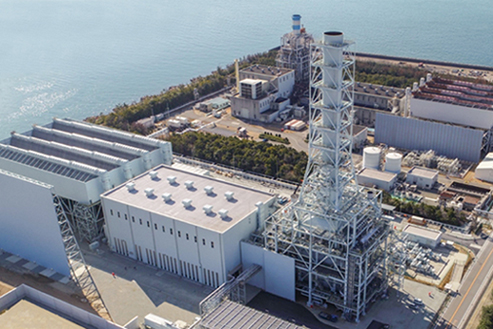

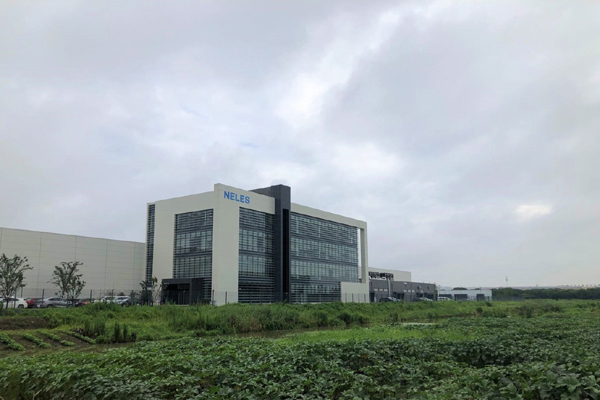
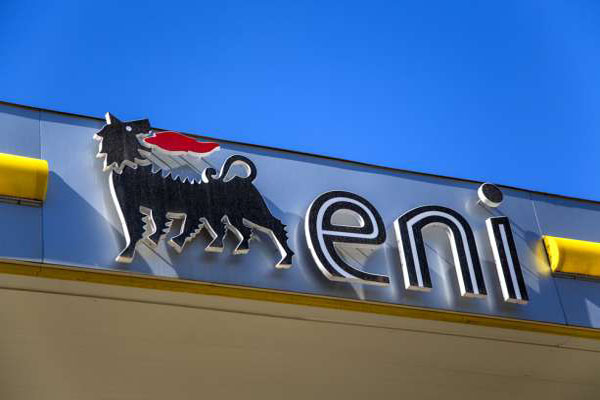
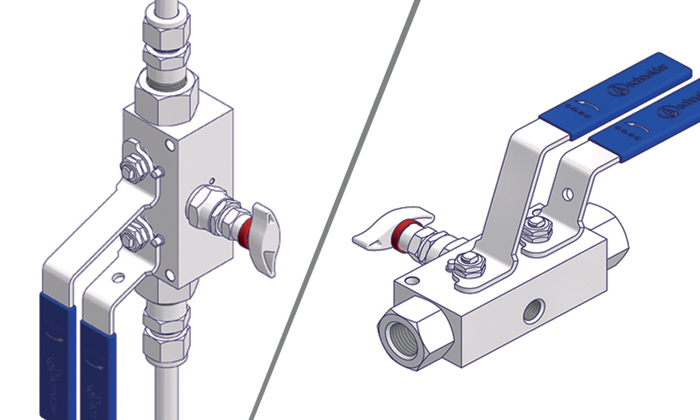

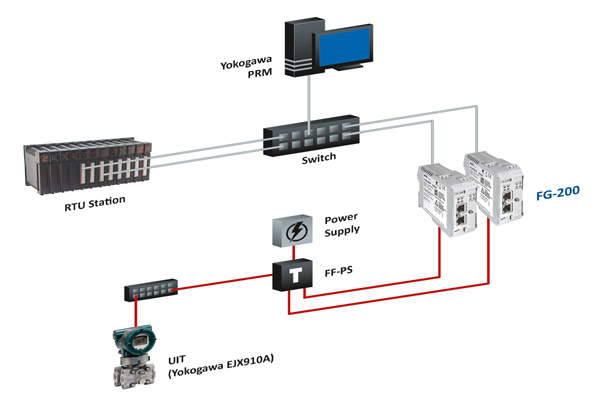
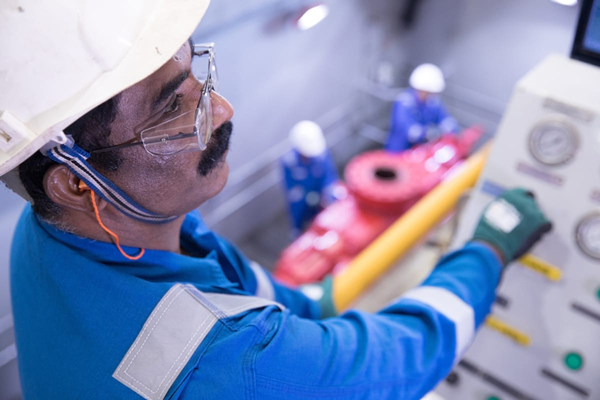

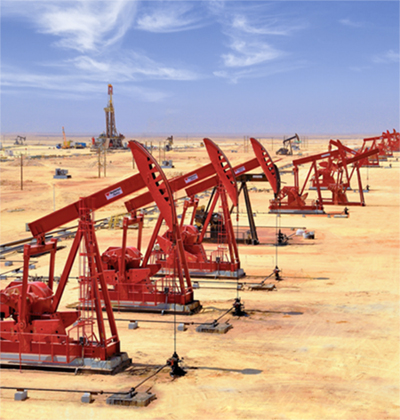
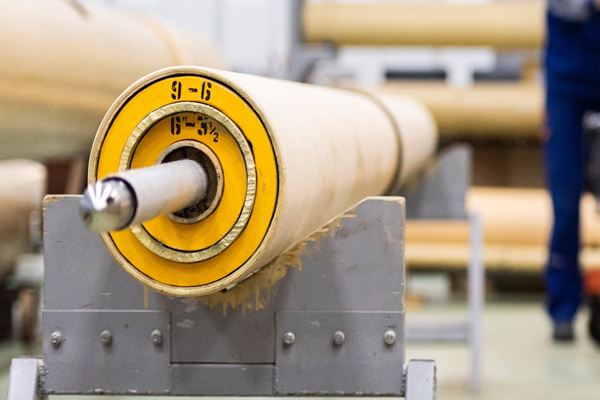
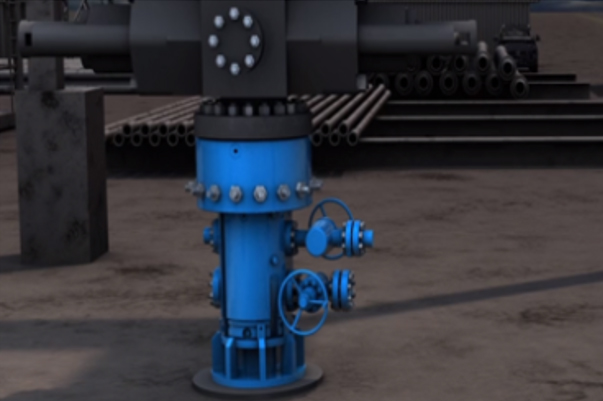
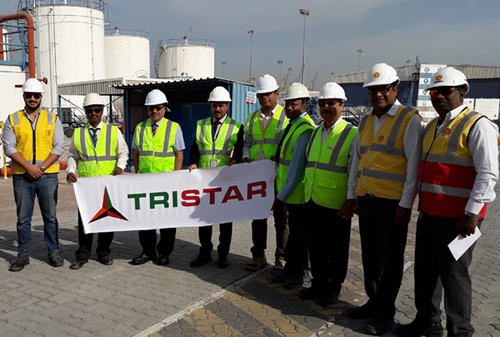
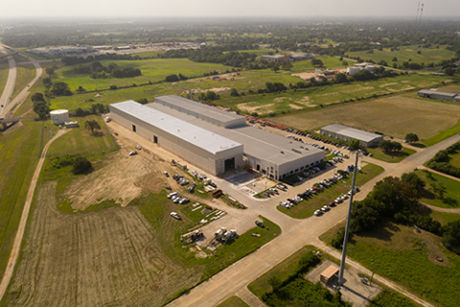
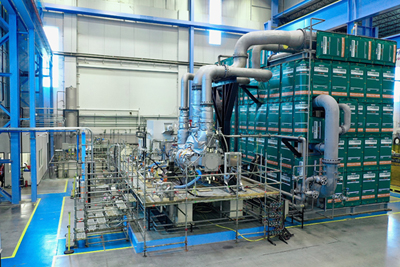

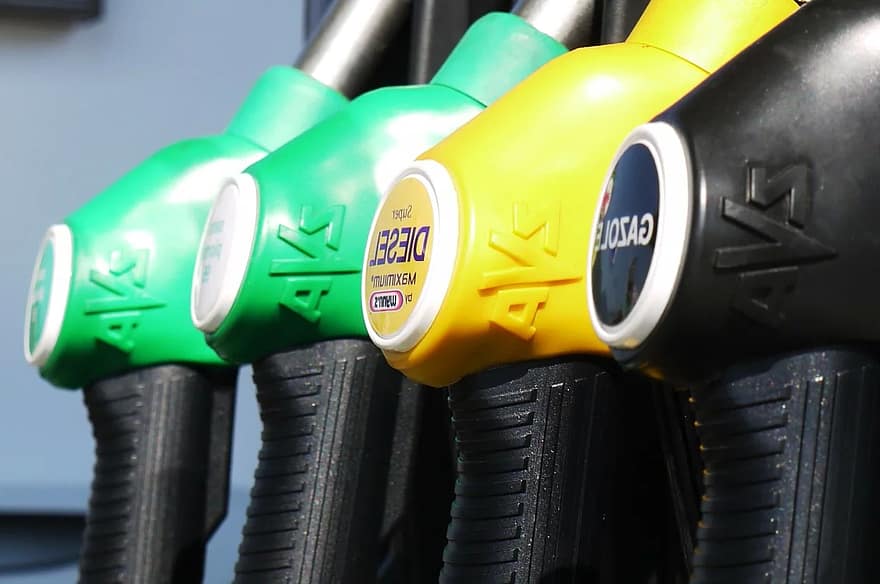
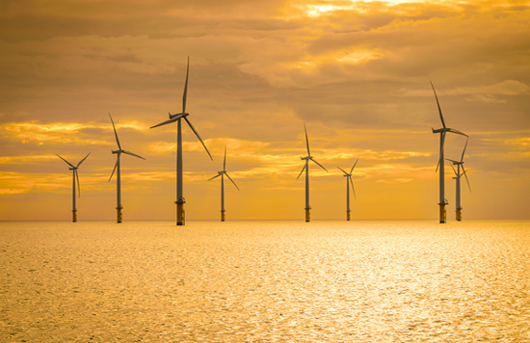
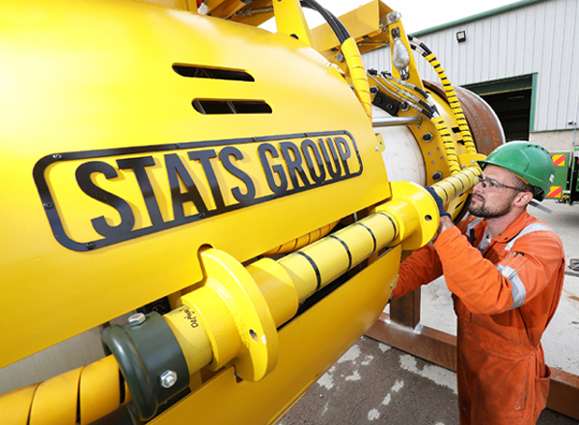
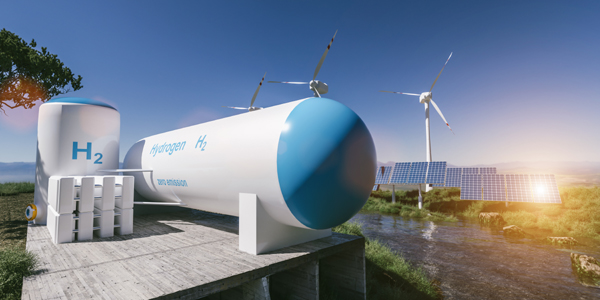
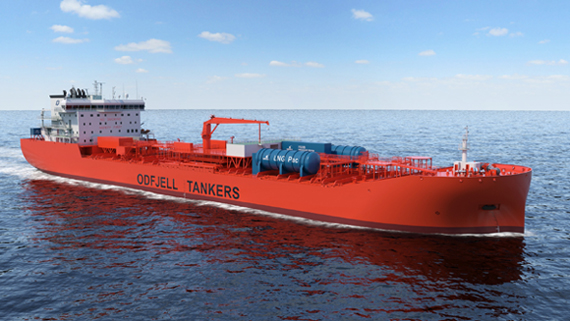
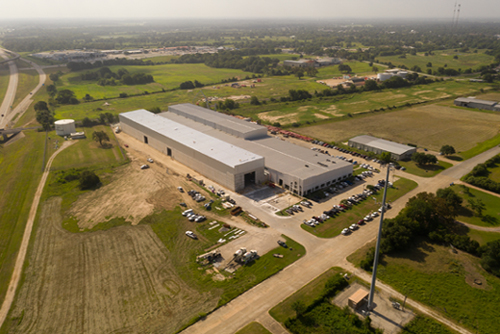










.jpg)












